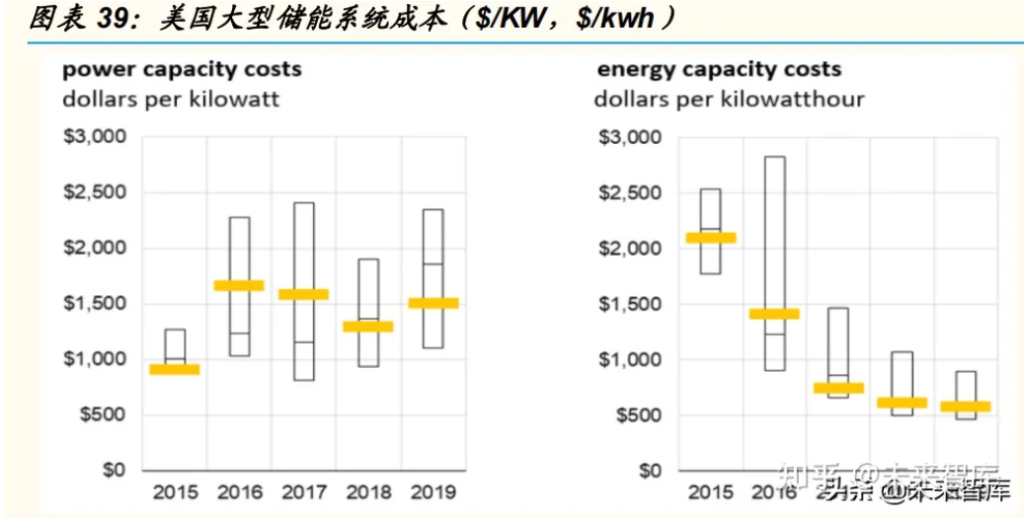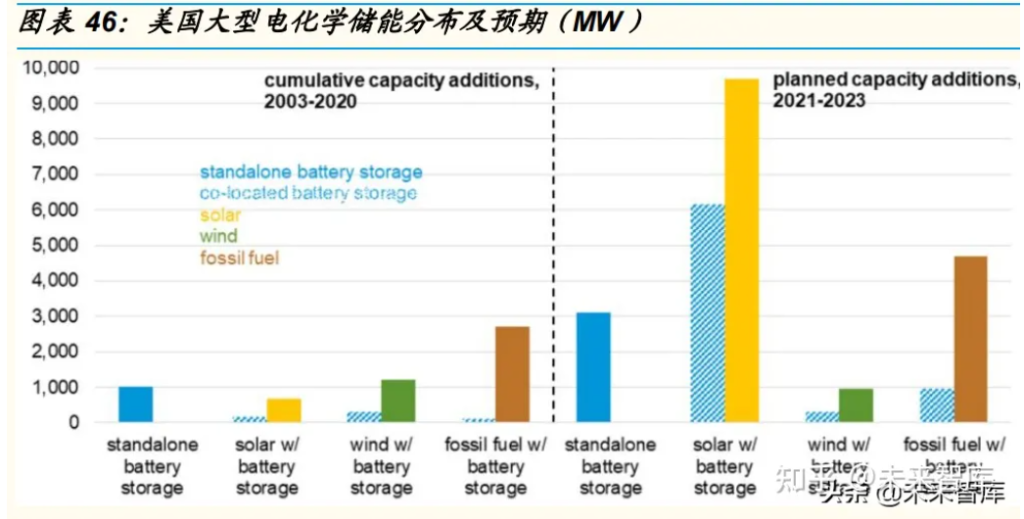Current status of energy storage development in China/the United States and the UK
We pay attention to the drive of energy storage policies and market changes in the United Kingdom and the United States to the development of the industry. In 2020, the installed capacity of energy storage in the United States, the United Kingdom, and China will all grow at a high base under policy incentives; in 2021, the energy storage market in the United States and China's energy storage The installed capacity continued to grow at a high rate. United States: cost reduction + policy drive, the pre-table market has exploded Driving factors: The core driving force behind the rapid development of the U.S. energy storage meter front market comes from cost reduction. The driving factors other than cost reduction include 1) clear main body status: policies give energy storage a clear market position, and the ancillary service market develops rapidly; 2) Subsidies promote new construction: Subsidies promote the development of energy storage, and the subsidy income can account for up to 50% of the project's initial stage. With indirect subsidies such as tax and fee reductions, the pulling effect is significant; 3) Mature market mechanism: A mature spot market lays the foundation for a rationalized fee transmission mechanism and promotes the long-term stable development of the industry. Cost-driven: The cost of batteries is gradually decreasing, and the installed capacity of declared projects will start to increase in 2021. U.S. developers generally take 2 years or more from project development to grid connection. According to EIA data, the cost of electrochemical energy storage was 590$/kwh in 2019, a drop of 72% from 2015. In 2019, the industry is optimistic about the continued decline in battery costs. There are many declared projects, and the grid connection period of the projects is in 2021, which will lead to a sudden increase in the installed capacity in the United States in 2021. From a geographical perspective, the main installed capacity increases are in California and Texas.

California: Will be the largest energy storage market in the United States. California encourages the "photovoltaic + energy storage" model, which can solve California's power shortage and encourage long-term energy storage projects of 4-8 hours. From the perspective of business model, energy storage in California is mainly a transaction model with the grid, and two types of contracts can be signed with the grid, namely PPA (fixed energy storage feed-in tariff) and leasing contract (grid rented energy storage). Large investors are willing to invest in energy storage projects with large scale and stable income. The rapid growth of photovoltaics in California will drive the installed capacity of energy storage. Therefore, we believe that the main energy storage growth in the United States in the future will come from photovoltaic distribution and storage.

UK: The catalytic effect of the system is remarkable, and the household market grows rapidly The British energy storage market is dominated by independent energy storage, and household energy storage is the majority. The reason for the rapid development is that the electricity price in the UK has risen rapidly. Before 2015, the UK’s policy environment and regulatory environment were under strict control; in November 2016, the UK’s national energy regulator Ofgem and the Department of Commercial Energy and Industrial Strategy BEIS jointly issued a strategic report, proposing to eliminate the development of energy storage and demand response. Obstacles, improving the flexibility of the power system through price signals, and catalyzing the innovation of business models in the power market. We believe that the reference significance of the development of energy storage in the United Kingdom lies in: 1) clarifying the asset category of energy storage and reducing barriers to entry; 2) leading the power spot market, ensuring the arbitrage transaction of energy storage; 3) various types of ancillary services, smooth Connect with the increase in the proportion of renewable energy; 4) Allow energy storage to participate in various market segments and superimpose benefits, and flexible transactions to ensure the level of income.
China: Policies are intensive, and rapid growth will be ushered in Compared with the development route of Europe and the United States, the top-level policy of energy storage is gradually improved. In the second half of 2021, national-level policies for energy storage have been issued frequently, and provincial and municipal policies have been introduced in various places to support the development of new energy storage and pumped storage. The deployment of national policies clarifies the market position of energy storage and guides the development of energy storage on the power supply side and user side.